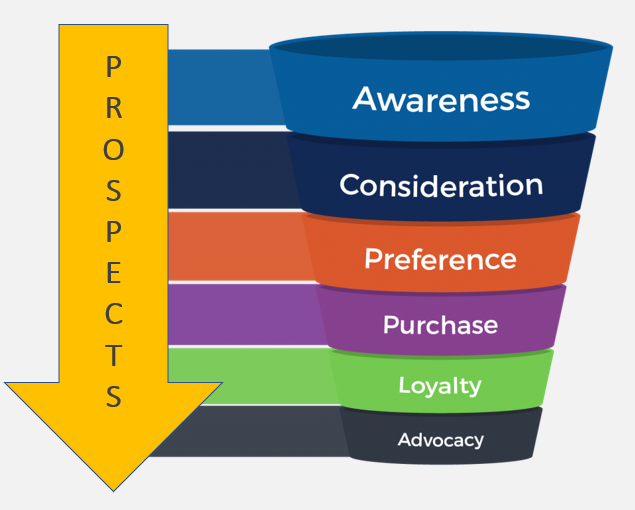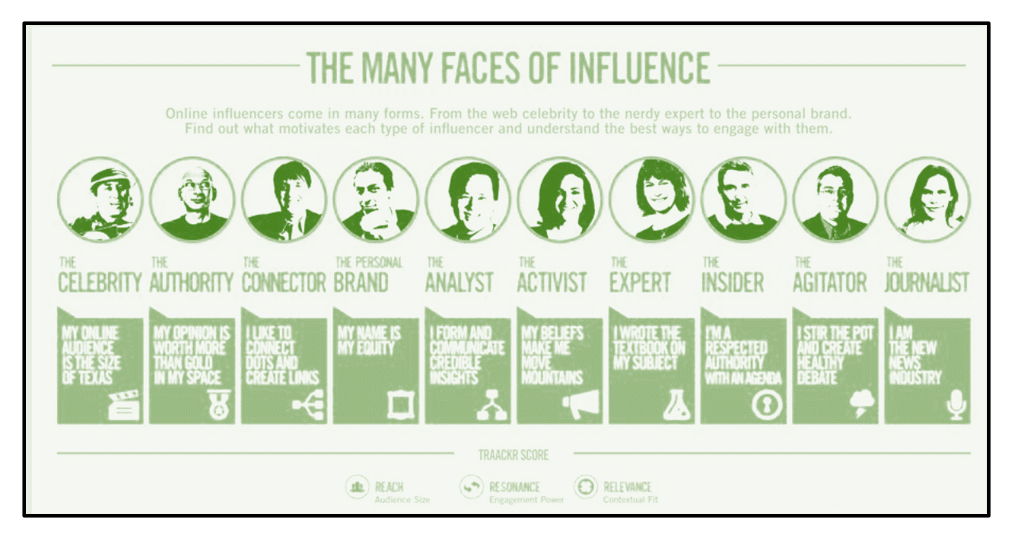In this two-part series, we’ll take a look at the rise of B2B influencer marketing as a viable strategy, the benefits of adding it to your marketing mix, and why the timing couldn’t be better to begin in 2021.
We’ll also look at the real challenges business-to-business companies face right now, who the influencers are, and how they can be leveraged to drive up your brand visibility, bring in leads, and push your competitors out.
But before we dive in, let’s put this into some context so you understand the situation all companies now face.
The challenges B2B companies are confronted with today
B2B companies are facing a number of real problems that have been brewing for a number of years as a result of our rapidly changing digital world.
According to Gartner, Inc., a research and advisory firm, a 2018 study revealed some uncomfortable but needed findings:
- Loyalty and trust in vendors are fading … 90% of customers are reevaluating their prevalent vendor choices.
- Peer opinions are significantly valued. 65% of decision-makers are spending time with individual peers, coworkers, and independent third parties.
This means decision-makers don’t solely rely on industry analysts for help. They cast a wider net to seek out the opinions, guidance, and advice from people they follow and trust so that they can make the most informed decision possible.
Why is that?
Because the B2B buyer journey is extremely complicated – more so than most marketers want to admit.
As marketers, we like to think of the buyer journey as being a linear and neat pathway, or a clearly defined funnel.
We draw pretty pictures of sales funnels that (we like to believe) neatly direct our prospects to the final sale – with us:

But obviously, it’s more complicated. There are many little twists and turns during this decision-making process that all buyers go through.
And because of that, a lot of things can go wrong.
B2B sales cycles take longer and often involve salespeople, executive relationships, considerations about legacy technology, and higher price points.
Also, purchases often involve an implementation process if it’s a technology product. This involves a significant investment, time, resources, and planning.
The good news is, is that influencers, when used correctly and carefully, can redirect these buyers back onto your path and to ultimately to purchase with you.
But why is that?
Because they are industry experts, inherent storytellers, and they know how to communicate with other people.
Now that we clearly understand the challenges, let’s get a better understanding of the influencers.
B2B Influencers are different
The first thing to understand is that B2B influencer marketing is different than how consumer brands handle it.
In the consumer arena, influencers are categorized based upon the size of their social following, so they are usually labeled as mega, macro, micro, or nano influencers.
This grouping originated with Instagram which remains the dominant platform for consumer influencer marketing. Sometimes celebrities are included in the mix too.
B2B influencers are a different breed altogether because they’re wanted for their business acumen, industry expertise, and experience in addition to their followings.
In some cases, the influencers have tiny social followings or none at all.
That’s because, in the B2B world, it’s not about getting likes and shares, it’s about communicating deep expertise and experience to the right people.
Put it this way, you can’t fake being an expert in supply chain, procurement, artificial intelligence, B2B sales, or any other deep business topic.
Not if you want to be taken seriously.
You either have the chops or you don’t.
To get a better understanding of this, let’s look over the graphic below:

The first thing you’ll notice is that the influencers are categorized by role rather than social media audience size.
We’ve got connectors, insiders, industry experts, independent analysts, authorities, authors, speakers, and more.
As you can see, the universe is approached and organized differently.
The emphasis is on the role they play, their expertise and experience.
So does social following matter?
Of course it does, but its not the primary consideration.
Social followings for these influencers vary, but it’s not uncommon for many of them to have smaller social followings compared to their consumer counterparts.
Therefore, if you’re operating within a particular business niche and the influencers there don’t have large followings, that’s not necessarily a problem.
Example: Consumer versus B2B influencers
We’ve discussed some of the high-level differences between consumer and B2B influencers, but let’s take a look at a specific side-by-side comparison below:

In looking at these two examples, what do you notice?
On the left, we’ve got a consumer influencer. She’s got over 300 thousand followers on Instagram and is likely a travel influencer.
On the right and we have a woman who is an energy executive.
Right off, their differences are obvious. If you are in the energy industry, the energy executive is likely a relevant influencer for you.
Also, 23,000 followers on LinkedIn is a respectable following there. So we can determine that she is an industry expert and she has a following on a social platform where business people congregate.
Even better, we know that she is the CEO of a company, so she is a leader.
People who follow her are interested in her leadership, industry experience, the content she publishes, and her opinions.
How influencers can help
You’ll probably agree that most companies are distrusted today.
That’s a fact. To counteract this, many marketers believe they need to produce more content in order to build trust.
They focus on doing more … not better
Blog posts, videos, articles, press releases, sponsored articles, and podcasts. Instead, they should be focusing on creating content that provides genuine value that meets a need and answers questions.
Influencers, on the other hand, are trusted and their opinions are often sought out.
This is proven by their involvement in associations, books they publish, content they publish, events where they are asked to speak and more.
To get a handle on this, the first place to look is their LinkedIn profile. There you can see where they’ve worked, how long they’ve worked there, comb through the content they’re publishing on LinkedIn and their websites/blogs.
In some cases, the influencers might be niche and targeted, but they still have built-in audiences and even if those audiences are small, they could be the RIGHT ones.
It all depends on who you want to reach with your message.
How can the influencers help you? They can do a bunch of things including:
- Drive awareness for your brand and products
- Boost your company thought leadership
- Generate leads
- Bypass your competitors
- Build your social media following
- Increase your share of voice and brand impressions
- Direct traffic to your website
- Improve your SEO
In Part 2, we look at how your company can work with influencers to help solve the problems we talked about here.
Got questions? Contact me so I can help you out.

Pingback: 13 Future Trends of B2B Influencer Marketing to Watch - // 551 Media LLC
Pingback: Thinkers360: The Ultimate Tool for B2B Influencer Marketing - // 551 Media LLC